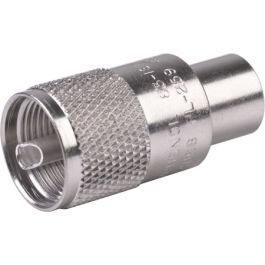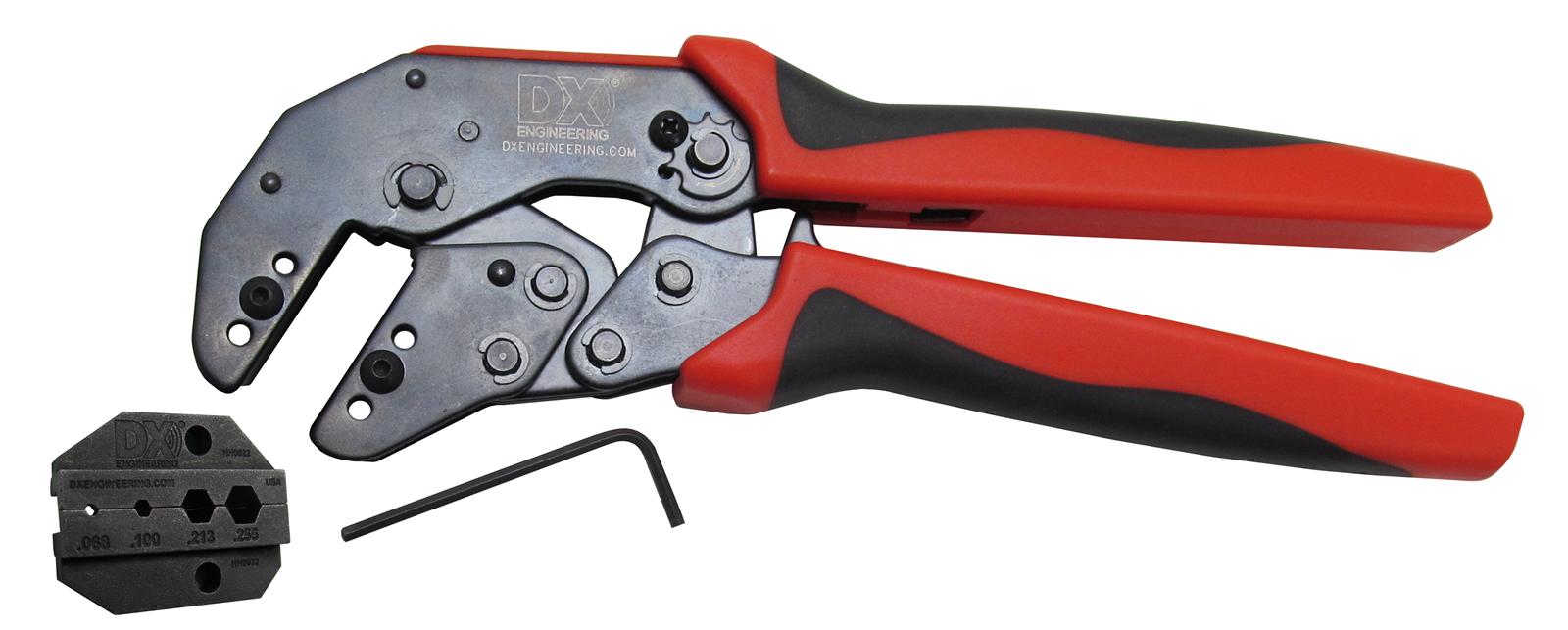We'll start with the TLDR:
Having bad luck with cheap PL-259 connectors and want something that won't make me want to scream.
Full version:
For my job, I've been soldering to DB-9 and DB-25 connectors for over 20 years. Have never had an issue. I bought some LMR-240 cable and some solder connectors (with reducers) thinking no big deal. I tried in vain to get the solder to stick to these things (the shield through the little windows) and had no success. I wondered if maybe they were coated with oil or something from the factory so I cleaned them and still nothing. Next option was to scuff up around the reducer to give some texture and the solder STILL won't stick to these things.
Are cheap PL-259 connectors really this bad or is there something about soldering these that makes them different from all the other soldering I have done? Are more expensive connectors better? If so, can someone please give me an example of something that will hold solder and can be used with LMR-240 cable?
I'm also considering crimp-on kind, but have actually become a little bewildered at trying to figure out how to get the right mix of connectors and tool/die to put on LMR-240 cable, so if anyone can offer hard advice on that I am definitely all ears.
I'm putting two (maybe three) new antennas up soon and I don't want to waste another hour+ trying to get solder to stick to something that apparently has super soldering-avoiding powers.
Any and all constructive advice is appreciated
EDIT: BTW, I have a coupon from www.gigaparts.com to use which would be nice assuming anyone can give links from there that they like, but if I need to buy elsewhere that's fine. I just want something good quality.
Having bad luck with cheap PL-259 connectors and want something that won't make me want to scream.
Full version:
For my job, I've been soldering to DB-9 and DB-25 connectors for over 20 years. Have never had an issue. I bought some LMR-240 cable and some solder connectors (with reducers) thinking no big deal. I tried in vain to get the solder to stick to these things (the shield through the little windows) and had no success. I wondered if maybe they were coated with oil or something from the factory so I cleaned them and still nothing. Next option was to scuff up around the reducer to give some texture and the solder STILL won't stick to these things.
Are cheap PL-259 connectors really this bad or is there something about soldering these that makes them different from all the other soldering I have done? Are more expensive connectors better? If so, can someone please give me an example of something that will hold solder and can be used with LMR-240 cable?
I'm also considering crimp-on kind, but have actually become a little bewildered at trying to figure out how to get the right mix of connectors and tool/die to put on LMR-240 cable, so if anyone can offer hard advice on that I am definitely all ears.
I'm putting two (maybe three) new antennas up soon and I don't want to waste another hour+ trying to get solder to stick to something that apparently has super soldering-avoiding powers.
Any and all constructive advice is appreciated
EDIT: BTW, I have a coupon from www.gigaparts.com to use which would be nice assuming anyone can give links from there that they like, but if I need to buy elsewhere that's fine. I just want something good quality.




